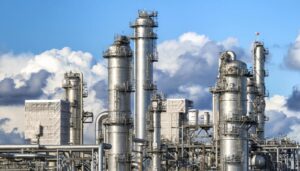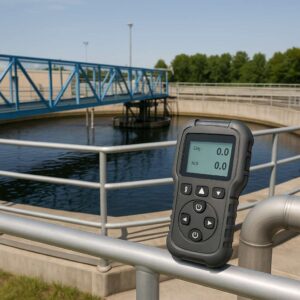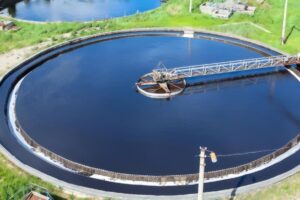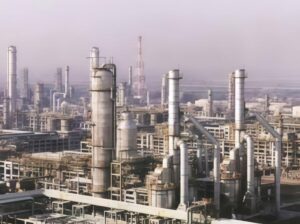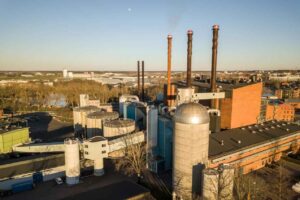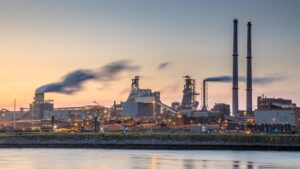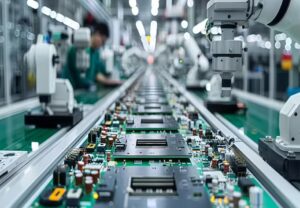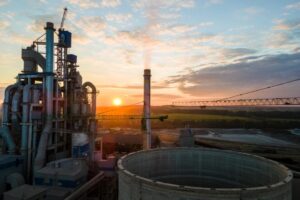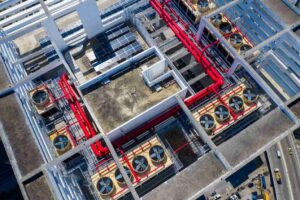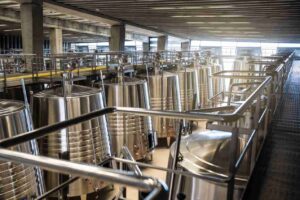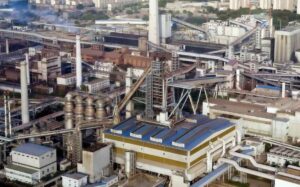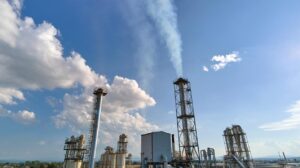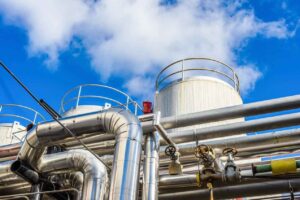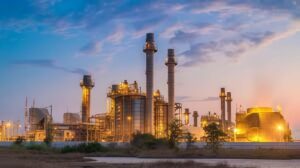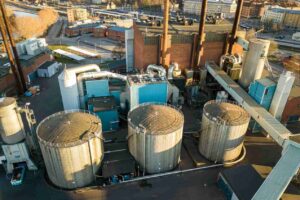Biofuel combustion sounds sustainable—until uncontrolled emissions, incomplete reactions, and equipment hazards start causing trouble. But there’s one tool that fixes all that: the biofuel gas analyzer.
A biofuel gas analyzer significantly enhances combustion efficiency and operational safety by monitoring critical gas components in real time, ensuring regulatory compliance, reducing emissions, and optimizing energy conversion.
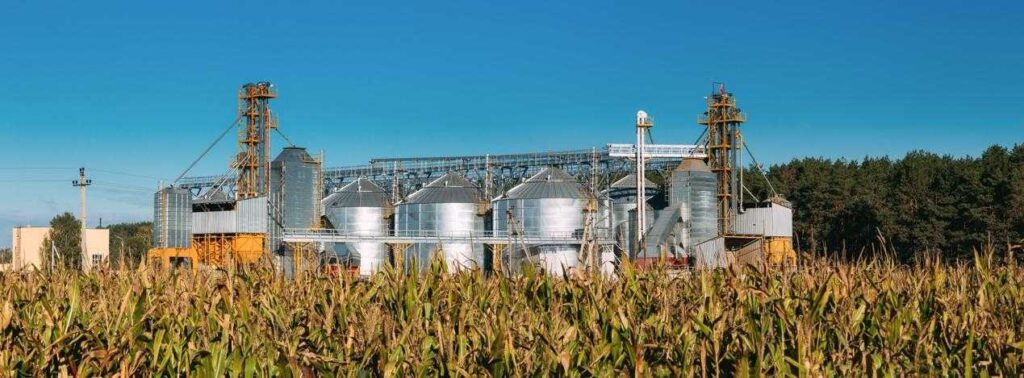
Even when an answer seems clear, it’s worth digging deeper. Understanding how a biofuel gas analyzer actually works—and how to choose the right one—can make or break your biomass or biogas project.
What is a Biofuel Gas Analyzer and How Does It Work?
In the complex environment of biofuel combustion, real-time visibility into gas composition is not a luxury—it’s a necessity. Conventional combustion control methods fall short when dealing with the fluctuating, variable nature of bio-derived fuels. That’s where a biofuel gas analyzer becomes indispensable.
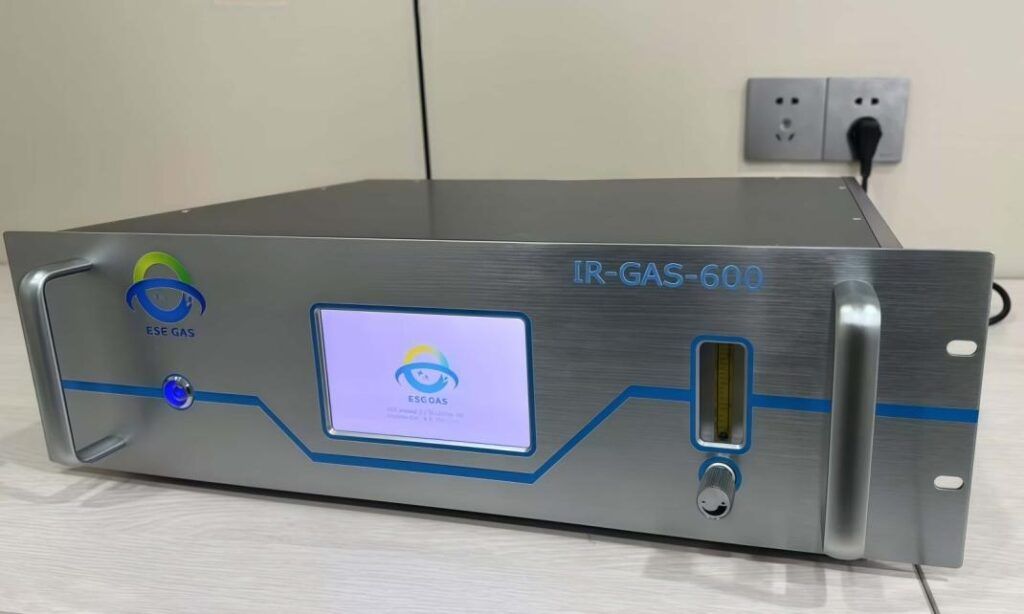
A biofuel gas analyzer is a precision-engineered device designed to continuously measure and report the concentrations of critical gas species—such as methane (CH₄), carbon dioxide (CO₂), oxygen (O₂), hydrogen sulfide (H₂S), and sometimes nitrogen oxides (NOₓ) or ammonia (NH₃)—in biofuel combustion processes. Its primary function is to ensure complete combustion, detect inefficiencies or hazards, and maintain regulatory compliance through automated, real-time monitoring.
These analyzers typically integrate several sensing technologies:
- NDIR (Non-Dispersive Infrared Sensors): Commonly used for CH₄ and CO₂ detection. They work by measuring the absorption of infrared light at specific wavelengths associated with each gas.
- Electrochemical Cells: Used for detecting toxic gases like H₂S and CO. These cells produce a measurable electrical current when the target gas interacts with a chemical inside the sensor.
- Paramagnetic Sensors: Ideal for precise oxygen measurement, these sensors use the magnetic properties of O₂ to determine its concentration.
- Tunable Diode Laser Spectroscopy (TDLS): For high-speed, highly selective gas detection, especially in harsh or wet gas streams.
The analyzer’s design usually includes a sampling system (probe, filters, condensate removal), a gas conditioning unit (to adjust temperature/humidity for accurate measurement), and a control/display interface, which might be local or connected to a SCADA or DCS system for remote monitoring.
Once the gas sample is processed, the analyzer interprets the data and either displays it for the operator or triggers automatic control systems—such as adjusting burner air input to correct the air-fuel ratio. Alarms may also be triggered if hazardous levels of H₂S or CO are detected.
In biogas and biomass systems, gas composition can vary significantly based on feedstock, temperature, and microbial activity. This variability makes real-time, continuous analysis vital for both operational reliability and safety assurance.
In summary, a biofuel gas analyzer serves as the nerve center of any high-efficiency, compliant, and safe biofuel system. It bridges the gap between unpredictable fuel sources and tightly controlled energy production outcomes.
Why Is Gas Analysis Critical in Biofuel Applications?
You can’t control what you can’t measure. And in biofuel systems, uncontrolled combustion doesn’t just waste fuel—it endangers lives and violates environmental laws.
Gas analysis is essential in biofuel applications because it ensures safe operation, maximizes energy yield, and guarantees compliance with emissions standards. Real-time gas monitoring prevents incomplete combustion, reduces formation of pollutants like CO or NOₓ, and provides the data needed for environmental audits or government reporting.
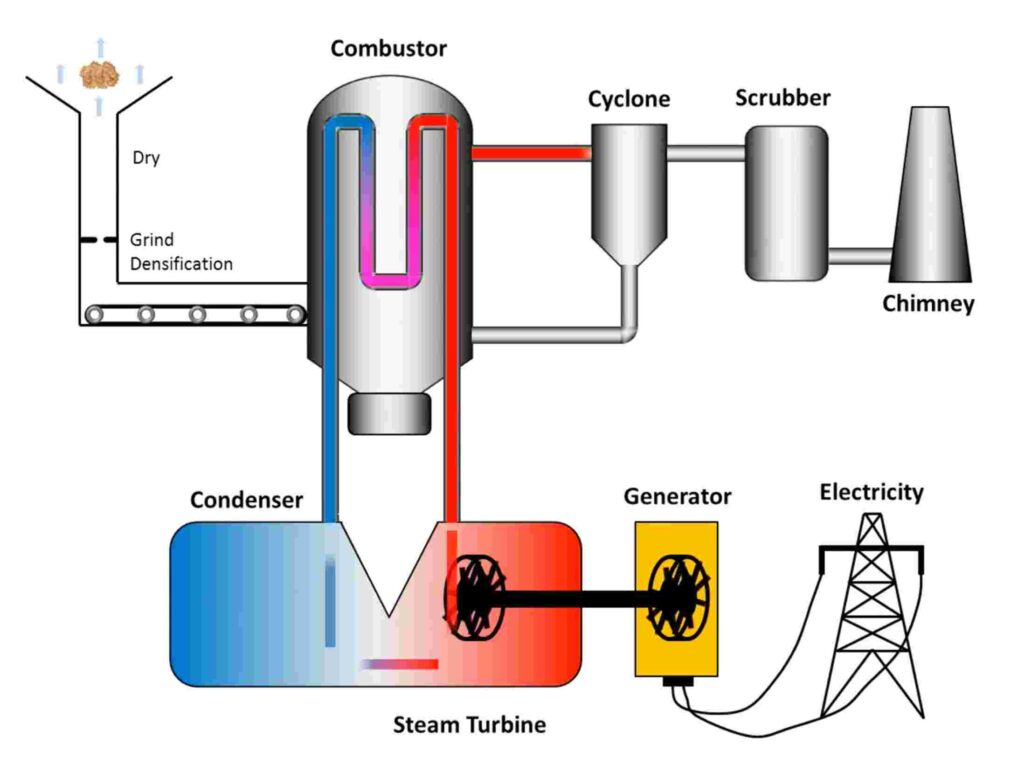
Which Gases Are Typically Measured in Biofuel Combustion?
Biofuel combustion might appear clean and renewable, but its gas composition can vary wildly. Unmeasured, these gases can compromise safety, efficiency, and compliance. Precision monitoring is the only safeguard.
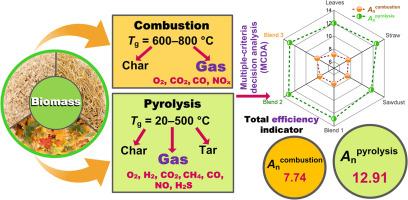
Pic source:Composition of gas produced from the direct combustion and pyrolysis of biomass
Let’s break down the role of each gas:
1. Methane (CH₄)
Purpose: Fuel quality assessment
Biofuels—especially biogas—often rely on methane as the primary energy carrier. Monitoring CH₄ concentration helps determine the calorific value of the gas stream. Low CH₄ levels may indicate feedstock issues, microbial imbalance (in anaerobic digesters), or gas dilution by air or inert gases. A drop in methane concentration can directly reduce boiler performance or turbine efficiency.
2. Carbon Dioxide (CO₂)
Purpose: Combustion completeness
CO₂ is a key indicator of complete combustion. Higher CO₂ levels, when paired with optimal O₂ readings, suggest that carbon-based fuels are being burned efficiently. Conversely, low CO₂ may signal air leaks, improper mixing, or poor burner design. Monitoring CO₂ is also essential for carbon accounting and verifying the “carbon-neutral” claims of biofuels.
3. Oxygen (O₂)
Purpose: Combustion control
Excess oxygen in flue gas often signals energy waste due to over-ventilation, while insufficient oxygen can lead to incomplete combustion and hazardous CO formation. Real-time O₂ monitoring enables dynamic air-to-fuel ratio adjustments, which improves efficiency, reduces emissions, and prevents dangerous conditions inside the combustion chamber.
4. Hydrogen Sulfide (H₂S)
Purpose: Safety and corrosion protection
H₂S is common in raw biogas derived from manure, food waste, or wastewater sludge. Even in small concentrations, it’s highly corrosive to engine components and toxic to humans. Monitoring and controlling H₂S levels is crucial before the gas is fed to combustion engines, boilers, or turbines. It also determines the need for desulfurization systems upstream.
5. Carbon Monoxide (CO)
(optional but valuable)
Purpose: Detect incomplete combustion
CO is a highly toxic by-product of incomplete combustion. While not always included in basic analyzers, many advanced systems track CO levels to serve as a safeguard and tuning metric, especially in low-O₂ combustion strategies.
6. Ammonia (NH₃) and Nitrogen Oxides (NOₓ)
(application-specific)
Purpose: Emissions compliance
In systems using selective non-catalytic reduction (SNCR) or selective catalytic reduction (SCR), NH₃ slip must be monitored. NOₓ formation can occur at high combustion temperatures and may be regulated depending on regional laws. These gases are especially relevant in industrial biomass combustion or co-firing applications.
| Gas | Primary Purpose | Typical Source/Context |
| CH₄ | Assess fuel quality and calorific value | Raw biogas, anaerobic digestion |
| CO₂ | Verify combustion completeness; track carbon emissions | All combustion systems |
| O₂ | Control air-fuel ratio; optimize combustion efficiency | Ambient air input and flue gas analysis |
| H₂S | Detect toxic/corrosive content; ensure safety | Landfill gas, sewage, food/agricultural waste biogas |
| CO | Identify incomplete combustion and safety risks | Low-oxygen or unstable combustion conditions |
| NH₃ | Monitor post-treatment (e.g., SCR) and avoid NH₃ slip | Systems using urea/ammonia injection for NOₓ control |
| NOₓ | Ensure compliance with emission regulations | High-temp combustion of nitrogen-containing biomass |
How Does a Gas Analyzer Improve Combustion Efficiency?
Even the best-designed combustion systems lose energy if the air-fuel ratio isn’t just right. Traditional methods can’t detect subtle inefficiencies—but gas analyzers can.
Gas analyzers improve combustion efficiency by providing precise oxygen and fuel gas concentration data, allowing operators to maintain ideal stoichiometric balance and adjust in real time. This leads to more complete combustion, reducing fuel waste and heat loss while lowering harmful emissions.
For instance, by adjusting burner settings based on oxygen and CO₂ readings, a biogas plant can reduce methane slip and optimize energy conversion from organic waste.
What Role Does Gas Analysis Play in Environmental Compliance?
In biofuel operations, it’s not just about performance—it’s about meeting strict emission thresholds that protect air quality and public health.
Gas analysis is a cornerstone of environmental compliance, enabling accurate measurement and documentation of pollutant levels such as CO, NOₓ, and unburned hydrocarbons. Regulatory bodies often require continuous emissions monitoring (CEM), which gas analyzers support with automated logging and alarm systems.
They also help demonstrate carbon neutrality or renewable energy usage by tracking CO₂ output relative to biomass input. In audits, this transparency becomes a key asset for certification and sustainability claims.
How to Choose the Right Biofuel Gas Analyzer?
Not all gas analyzers are built the same—and using the wrong one in a biofuel environment can lead to inaccurate data, safety violations, and even equipment failure. The stakes are high, and so are the demands.
Choosing the right biofuel gas analyzer requires careful consideration of the gas composition, environmental conditions, regulatory requirements, and operational goals. Factors such as detection range, sensor type, response time, integration capability, and maintenance profile all play critical roles in determining the optimal solution.
Here’s a breakdown of key criteria to guide your decision:
1. Identify the Target Gases
What are you trying to measure, and why?
Different biofuel systems prioritize different gases. For instance:
- Landfill gas: CH₄, CO₂, O₂, H₂S
- Biomass combustion: CO, O₂, NOₓ
- Anaerobic digestion: CH₄, H₂S, CO₂
Make sure the analyzer can detect all required gases simultaneously or modularly, depending on process flexibility.
2. Choose the Appropriate Sensor Technology
Accuracy and reliability start with the sensor core.
Each gas requires specific sensing technologies:
- NDIR: Ideal for CH₄ and CO₂
- Electrochemical: Used for H₂S, CO, NH₃
- Paramagnetic: Accurate O₂ detection
- TDLS (Tunable Diode Laser Spectroscopy): High-precision, low-maintenance, suitable for harsh or humid environments
The correct pairing ensures stable, long-term readings without frequent recalibration.
3. Consider Operating Environment
Biofuel gases are often wet, acidic, or contaminated.
Ensure the analyzer is built with corrosion-resistant materials (e.g., stainless steel sampling lines, Teflon filters) and can handle:
- High humidity or condensate
- Abrasive particles
- Temperature extremes
- Explosive atmospheres (ATEX or IECEx compliance)
A robust design reduces downtime and prevents sensor degradation.
4. Evaluate Response Time and Accuracy
Real-time data matters. Lag means missed warnings.
Select analyzers with:
- Short response time (<15 seconds)
- High resolution (e.g., ±0.1% O₂, ±1 ppm H₂S)
- Automatic drift compensation or smart calibration algorithms
These features are especially crucial in variable or fast-changing combustion environments like fluidized bed boilers or CHP engines.
5. Integration and Output Compatibility
Will it work with your existing control system?
Look for:
- Multiple output formats (4–20mA, RS-485, Modbus, Profibus)
- Ethernet connectivity for remote monitoring
- Digital interface (touchscreen HMI or web portal)
The analyzer should also support data logging and alarm setpoints for preventive action.
6. Maintenance, Serviceability, and Support
Downtime is costly—choose a system that’s easy to service.
Top-tier analyzers feature:
- Modular sensor blocks (for easy replacement)
- Auto-calibration or remote calibration support
- Built-in diagnostics and self-cleaning filters
Also, evaluate the supplier’s local support presence, availability of consumables, and service turnaround times.
In summary, selecting the right gas analyzer is not about buying a device—it’s about investing in safety, efficiency, and compliance for your entire operation. A carefully chosen analyzer delivers stable performance, reduces risk, and unlocks long-term value from your biofuel system.
Conclusion
A biofuel gas analyzer isn’t just a monitoring tool—it’s a critical control center for safe, efficient, and compliant biofuel energy production. Whether you’re managing a landfill gas plant or a wood-pellet boiler, the right analyzer helps unlock the full potential of renewable combustion.




